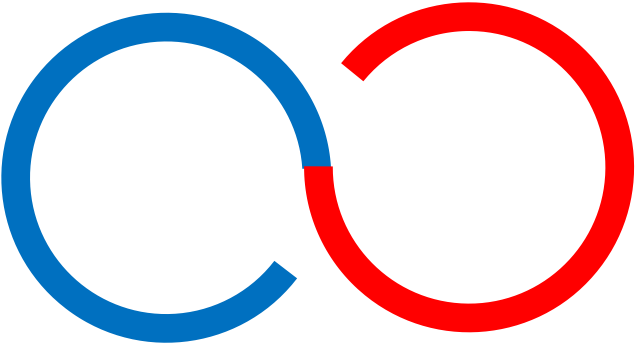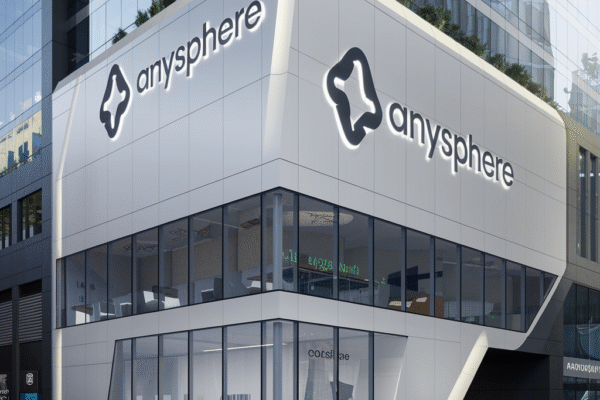As global markets reel from President Trump’s sweeping tariff regime – including a 145% baseline rate on Chinese imports and 10-25% rates across 57 trading partners – an unlikely winner has emerged: Special Purpose Acquisition Companies. SPACs have raised $4.1 billion year-to-date in 2025 despite $10 trillion in global market losses, positioning these blank-check vehicles as both a refuge from equity volatility and a strategic tool for companies navigating supply chain upheaval[3][7][10]. This resurgence marks the dawn of “SPAC 4.0,” characterized by enhanced governance structures and laser-focused sector targeting, even as tariff-related production costs spike 12-34% across critical industries[8][4][6].
The SPAC Resurgence in a Protectionist Era
Market Dynamics Fueling Blank-Check Bonanza
The S&P 500’s $2 trillion valuation wipeout since February has created ideal conditions for SPAC proliferation[1]. Traditional IPOs face paralysis – Merck slashed earnings forecasts by $200 million due to tariff impacts, while American Airlines withdrew guidance entirely[6]. In contrast, SPACs provide private companies with guaranteed exit valuations through forward-looking merger agreements, insulating them from daily market swings. Twelve SPACs filed offerings in April alone, with five pricing successfully despite Treasury yield fluctuations[7][3]. Kodiak Robotics’ $2.5 billion pre-money valuation via Ares Acquisition Corporation II exemplifies how autonomous vehicle startups leverage SPACs to bypass public market skepticism[3].
Structural Advantages in Trade War Conditions
SPACs’ 24-month acquisition timelines enable targets to restructure supply chains before going public. With China’s 125% retaliatory tariffs on U.S. auto parts and rare earth export restrictions, electric vehicle companies like Fisker are using SPAC mergers to fund nearshoring initiatives[10]. The blank-check model also allows for creative deal structuring – recent filings include tariff escrow accounts that release capital upon Customs clearance, mitigating Section 301 risks[9][5].
Tariff Regime Mechanics Driving SPAC Innovation
Baseline vs. Reciprocal Tariff Impacts
The 10% universal tariff enacted April 5 creates layered duties when combined with existing trade measures. Chinese book imports now face 54% effective rates (10% baseline + 7.5% Section 301 + 34% reciprocal), while EU paper shipments incur 20% charges[4][10]. SPACs targeting publishing verticals like Penguin Random House now prioritize targets with USMCA-compliant Canadian printing operations enjoying 0% duties[4][8].
Cumulative Duty Mitigation Strategies
De-SPAC transactions increasingly include specialized warrants pegged to tariff rollbacks. The Kodiak-Ares deal features contingency payments if China removes rare earth export restrictions before 2026[3][10]. Automotive SPACs are structuring earnouts based on localization metrics – 60% North American content by 2027 triggers additional sponsor shares[7][9].
Sector-Specific SPAC Surges
Consumer Goods Restructuring
Procter & Gamble’s 7% Q1 sales decline underscores tariff pressures on mass-market items[6]. SPACs like Consumer Staples Acquisition Corp. target private-label manufacturers who can undercut branded rivals’ 25-35% price hikes. The model enables rapid scaling of tariff-optimized supply chains – one recent target shifted 40% of plastic production from China to USMCA-compliant Mexican facilities within 90 days post-merger[6][4].
Pharmaceuticals & Medical Devices
With China imposing 84% tariffs on U.S. drug imports, SPACs facilitate offshore partnerships. Elevation Healthcare’s $1.2 billion merger with Biospan Acquisition Corp. created an Irish holding company with API manufacturing in tariff-exempt Serbia[10][6]. The structure avoids both U.S. export tariffs and EU retaliatory duties through clever jurisdictional arbitrage.
Regulatory & Legal Evolution
SEC Scrutiny and Risk Disclosures
The 2025 SPAC Guidance requires detailed tariff sensitivity analyses in S-4 filings. Sponsors must model scenarios including 245% China duty escalations and USMCA non-compliance penalties[5][8]. Recent lawsuits against Lordstown Motors’ SPAC merger cite failures to disclose steel tariff impacts on pickup truck margins[5][9].
Excise Tax Implications
The Inflation Reduction Act’s 1% stock buyback tax now applies to SPAC redemptions exceeding $1 million quarterly. Top-tier sponsors like Churchill Capital VII are using structured preference shares to minimize excise exposure while maintaining liquidity[5][8].
Strategic Considerations for CEOs
M&A vs. SPAC Pathway Analysis
Traditional acquirers face valuation gaps as tariff uncertainty depresses EBITDA multiples. The SPAC market’s forward-looking projections enable higher premiums – recent de-SPAC transactions average 8.2x revenue vs. 5.1x for strategic buyers[7][3]. However, sponsors increasingly demand tariff hedge mechanisms like put options on Chinese subsidiaries.
Supply Chain Contingency Planning
Successful SPAC targets now pre-certify dual sourcing options pre-merger. A recent industrial tech merger required 30% of components to have Vietnam/Mexico alternatives to China-sourced parts, with $50 million in escrow for factory conversions[9][10].
Conclusion: Navigating the New Normal
The SPAC resurgence represents both a crisis response mechanism and long-term market evolution. As P&G and Pepsi demonstrate, even blue-chips face 10-15% EPS erosion from tariffs[6]. Blank-check vehicles offer private companies capital to reengineer supply chains while providing public investors tariff-hedged growth stories. However, the 90-day reciprocal tariff pause creates a race against time – sponsors must close mergers before potential November rate hikes compound existing trade pressures[10][7]. Winning strategies will balance aggressive supply chain restructuring with sophisticated duty mitigation architectures, making SPACs the ultimate stress test for trade war-era corporate agility.
Sources
https://news.bloombergtax.com/daily-tax-report-international/spacs-set-to-capitalize-on-ipo-freeze-with-1-billion-deal-burst, https://fortune.com/2025/04/12/trump-tariffs-stocks-bonds-supply-chain-what-comes-next/, https://www.pymnts.com/spac/2025/spacs-riding-4-billion-wave-as-ipo-market-struggles/, https://www.bookweb.org/news/overview-2025-tariffs-1631822, https://www.skadden.com/insights/publications/2022/09/quarterly-insights/despite-slowdown-in-spac-activity-opportunities-remain, https://wtop.com/national/2025/04/tariff-turmoil-what-pg-pepsi-and-other-companies-are-saying-about-tariffs/, https://www.law360.com/articles/2329791/spac-deals-are-buzzing-again-despite-tariff-turmoil, https://woodruffsawyer.com/insights/new-generation-of-spacs-2025, https://www.law360.com/internationaltrade, https://en.wikipedia.org/wiki/Tariffs_in_the_second_Trump_administration, https://huggingface.co/JonasGeiping/crammed-bert-legacy/commit/c27e877d80f8fc291401a1bda75a8ccb4bb8476e.diff?file=tokenizer.json




